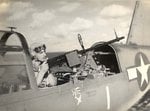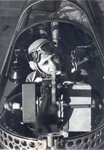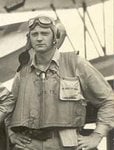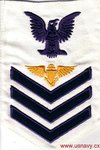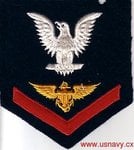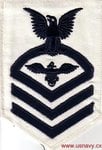Mike64
Airman
The top of the photo says 7 august 1944 ????
Max
Nice detail!
Also, a good view of the mechanical fuze, arming wire and Fahnstock clip, too. I hope they are going to trim the excess forward of the clip a little.
With the Mk 80 series low drag bombs, we have come a long way since then -

